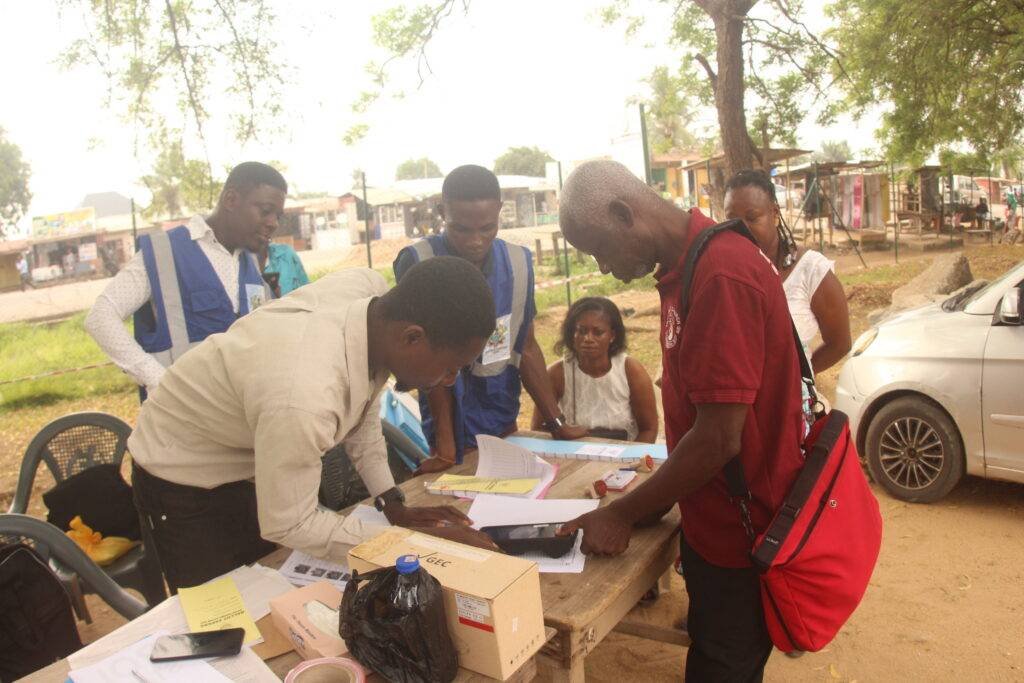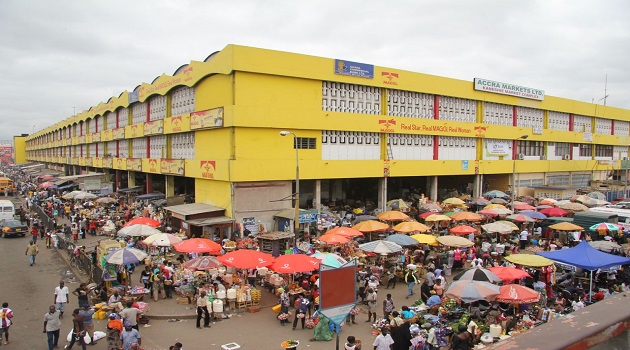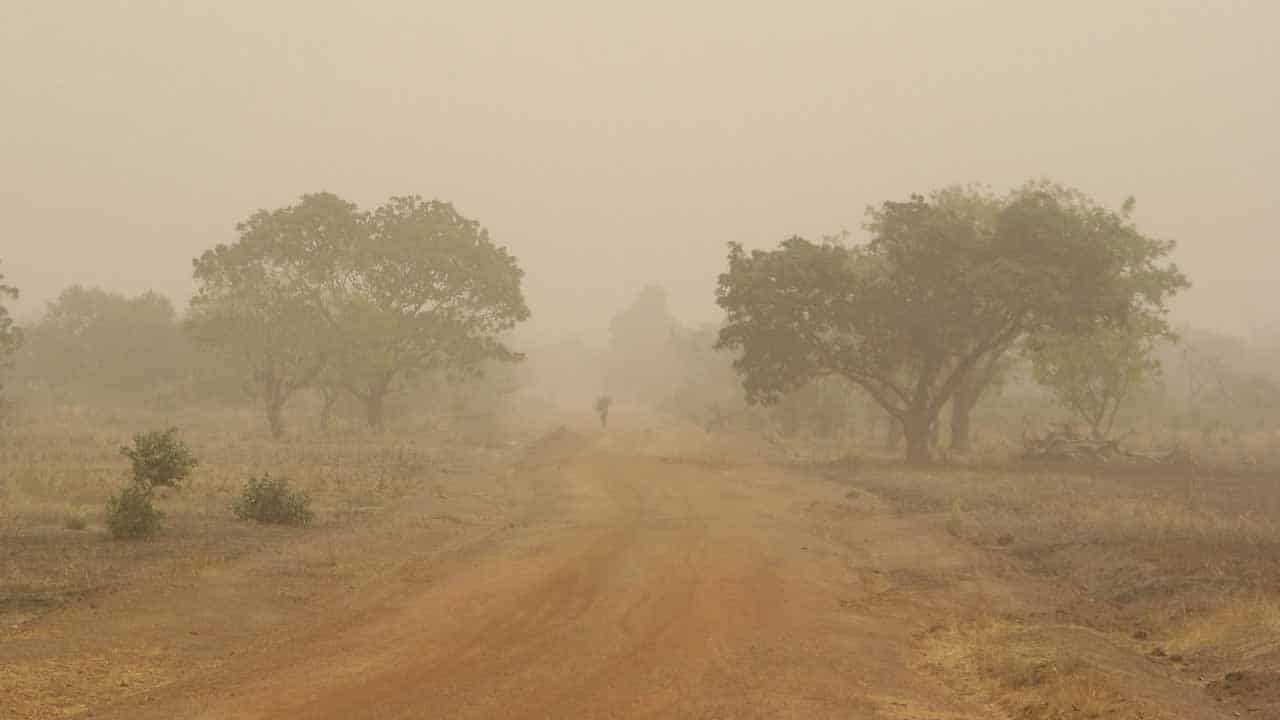
A UN report has warned that "vast areas of impunity" remain globally for people traffickers, with victims subjected to crimes ranging from sexual exploitation to organ removal.
Despite a recent trend towards more people trafficking convictions in many African and Middle Eastern countries, the report from the UN Office and Drugs and Crime (UNODC) pointed out that "the total numbers in these areas remain very low".
"There appears to be hardly any risk for traffickers to face justice," it said.
The report said 100 cases of organ removal had been reported over the period 2014-17, mostly in the Middle East and North Africa, with cases also reported in Europe and Central and South America.
It cites research saying that in some cases there is evidence of traffickers colluding "with medical professionals, relying on corrupt and fraudulent practices".
Perpetrators of this form of trafficking take advantage of "severe levels of vulnerability", the UNODC says, for example people in refugee camps who are recruited "with false promises of receiving payments and/or transport to safer locations".
However, trafficking for the purpose of sexual exploitation was by far the most common form found in the data compiled by the report, accounting for 59 per cent of victims detected in 2016.
The UNODC underlined the role of groups involved in various armed conflicts in using human trafficking "to finance activities or increase their workforce", as well as for sexual slavery.
It highlighted the case of the thousands of girls and women from the Yazidi minority enslaved by the so-called Islamic State group in Iraq.
One of them, Nadia Murad, was one of the winners of the Nobel Peace Prize last year in recognition of her activism on behalf of other victims.
The UNODC said the overwhelming number of detected victims of trafficking globally were female, with just under half being adult women.
A further 23 percent being girls and the report warns that their share of the total is increasing.
After sexual exploitation, the next most common reason for trafficking was forced labour, accounting for a third of victims covered by the data and especially prevalent in sub-Saharan Africa and the Middle East.
A number of other patterns are also mentioned, such as trafficking for forced marriage, more commonly detected in South East Asia.
The total number of victims reported to the UNODC in 2016 stood at just under 25,000, an increase of more than 10,000 since 2011, with increases "more pronounced in the Americas and in Asia".
However, the report cautions that the increase may be down to more efficient identification of victims, rather than an increase in the numbers of people being trafficked.
While Europe and the Middle East attract many victims from other parts of the world, the authors found that the majority of victims are detected in their countries of citizenship.
Read Full Story

























Facebook
Twitter
Pinterest
Instagram
Google+
YouTube
LinkedIn
RSS